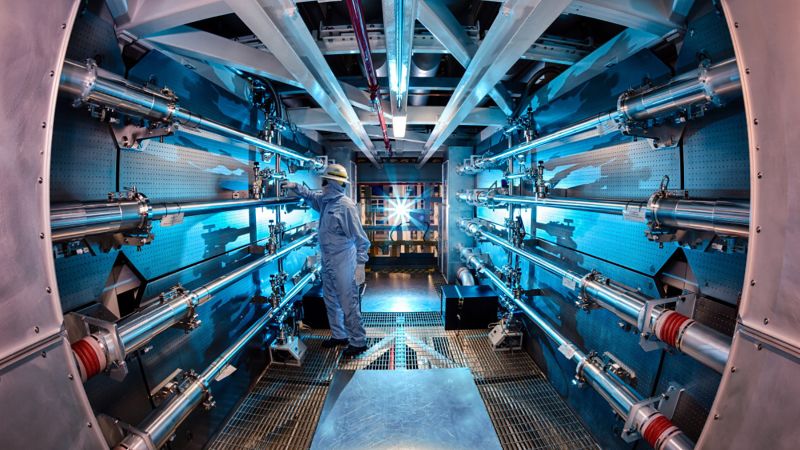nwdiver
Well-Known Member
They don't have any of the drawbacks of fission reactors.
They actually have almost all the drawbacks of fission reactors. They're high cost, thermal and there will still be radio active waste. The only 'problem' fusion solves is that of long-term waste storage which is more than manageable.
One of worst radio nuclides produced in nuclear reactors is cobalt-60. That's not a consequence of fission but iron and neutrons. Unless the fusion plant lacks iron or neutrons Co-60 will be produced.
The space requirements for solar and wind are minuscule and you can co-opt space. Parking lots should have solar canopies providing both covered parking and more daytime energy than we can use. Land used for cattle grazing can be used for wind without sacrificing any grazing land. Once we're able to convert surplus wind and solar into H2 cost effectively that will negate any weather related variability.
The days that there was a benefit to 'cheap' 24/7 GWs aka 'base load' are over and becoming less important with every EV and power wall sold. We're now in a new era where demand can be matched to supply more easily than it ever was to match supply to demand. Wind increasing from 15GW to 30GW at 2am? Ok... have all the networked EVs start soaking up that surplus. Wind ramping down as morning demand ramps up? Ok... end all networked EV charging and request V2G vehicles sell back into the grid.



